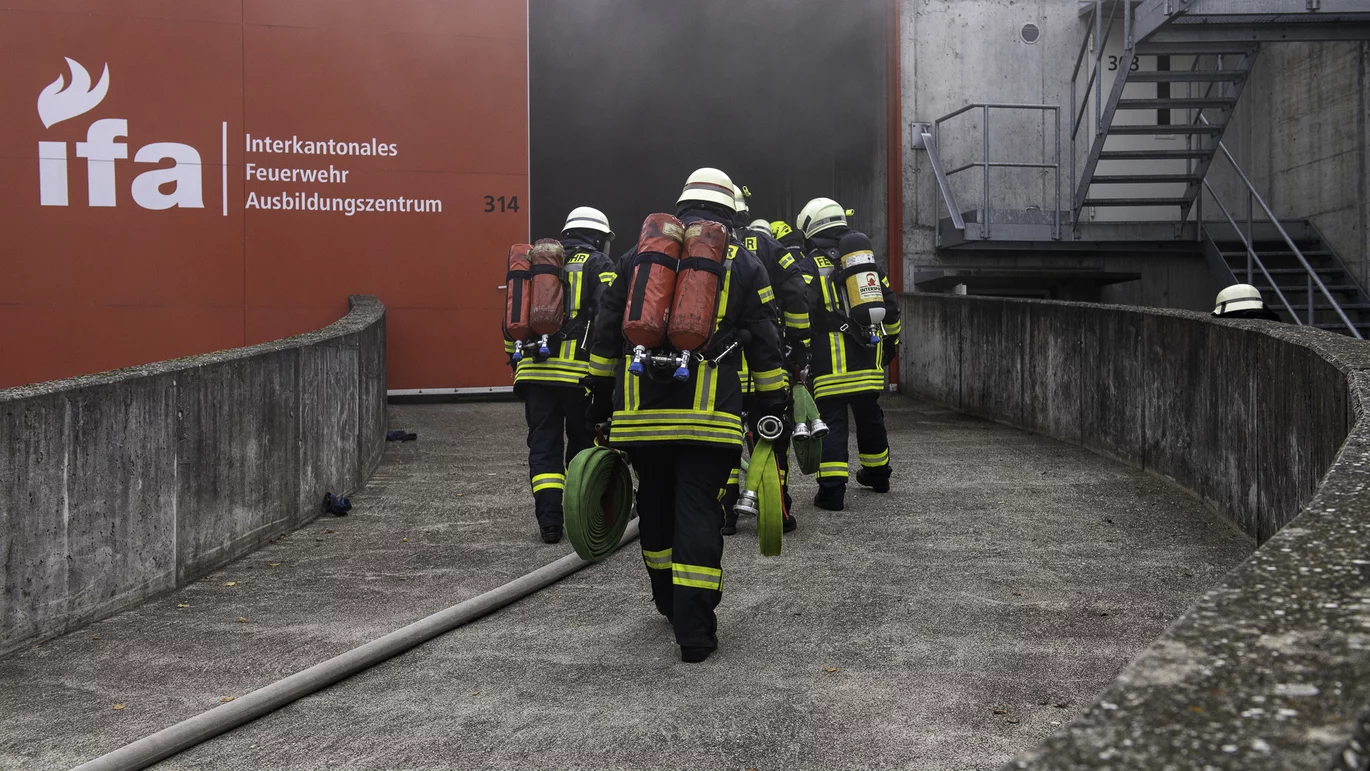In 2002 we developed our first didactic concept. The focus was on how the tunnel training facilities must be designed to provide both realistic and sufficiently safe training conditions. The now updated didactic concept of the International Fire Academy focuses on the learning model and teaching methods that underlie our training operations: We offer worlds of learning and experience - the course participants themselves do the learning.
Experiential learning
At the International Fire Academy, we talk about experiential didactics and experiential learning. What does this mean? Organisational psychologist Annette Kluge defines experience as personal episodes stored in the brain in which sensory perceptions are linked to prior knowledge and experience, goals, options, emotions, decisions and actions. For example, during a firefighting operation in a tunnel, firefighters can experience that it is extremely strenuous for two people to carry an unconscious person over a distance of 100 metres to the nearest emergency exit. They can learn from this experience by coming up with a different means of transport and testing it, for example, using a basket stretcher with wheels. If this technique proves to be less strenuous, they have learned: This allows them to save people with less effort and faster than is possible with the old method.
Learning from experience thus consists of reflecting on the experience made, deriving abstracted knowledge and schemata from it, actively applying these to the same or similar situations, thereby making new experiences, reflecting on them again, and so on, as shown in the figure below.
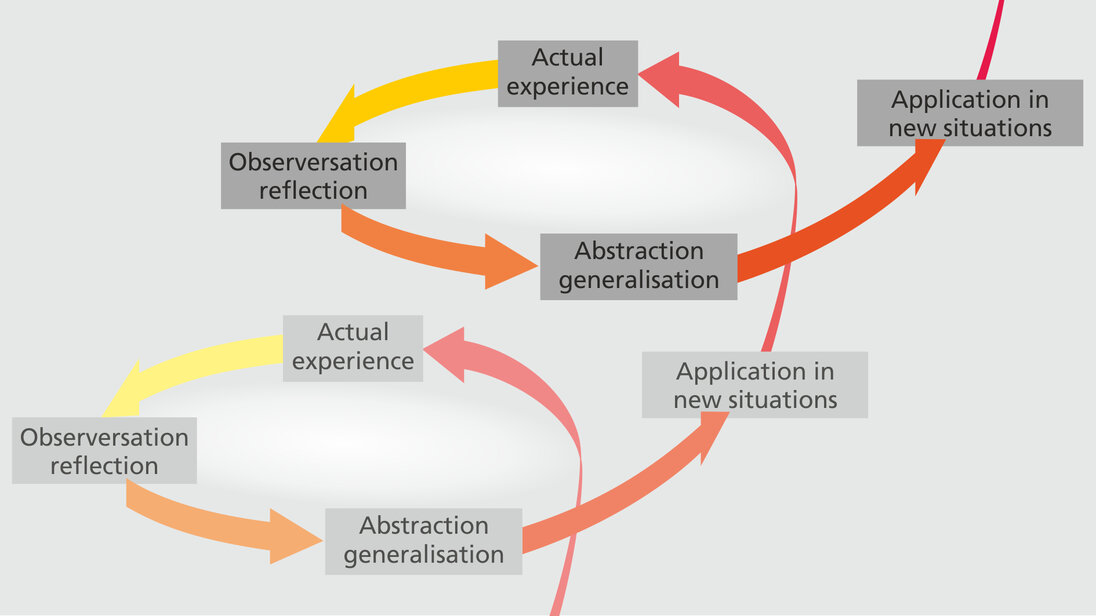
Enlarging ones treasure trove of experience
With each further learning cycle, there can be a gain in experience and – as a result of reflection – in knowledge. In this respect, the aim should be to deploy emergency personnel as often as possible. Because the more extensive the operational experience, the more likely it is that even the most difficult tasks can be mastered.
However, there are two obstacles to gaining operational experience, to increase one's treasure trove of experience.
- Firstly, the frequency of deployment is rather low for many firefighters. This is especially true for rare incidents such as train fires in railway tunnels.
- Secondly, the experience gathering of many situations can be associated with high risks for the firefighters themselves or third parties.
The practical solution to this problem is to simulate operational situations.
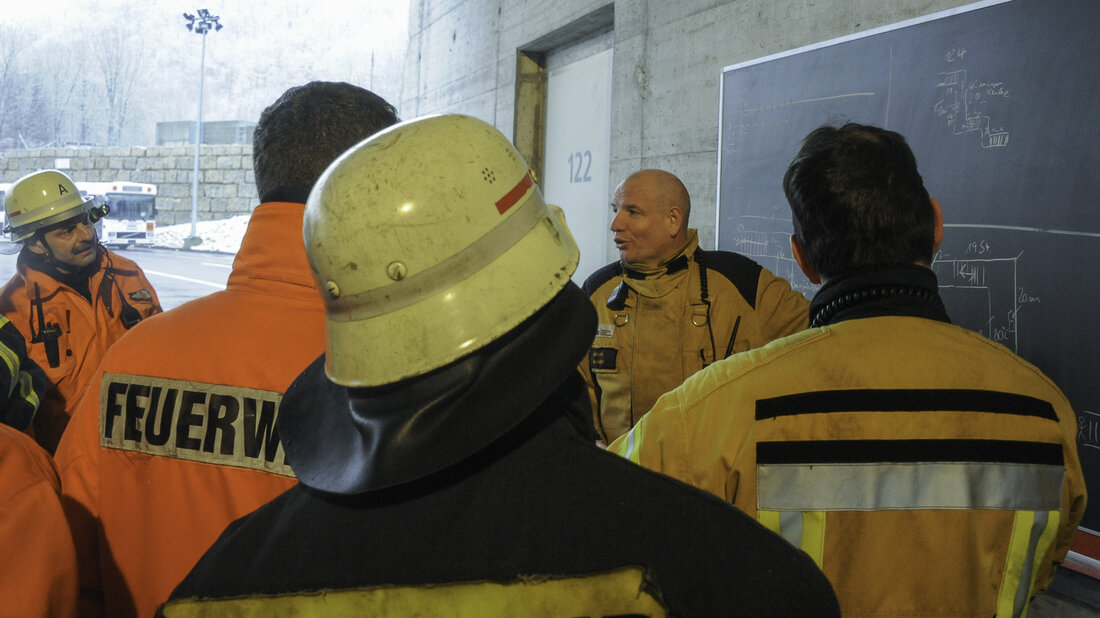
The teaching method of simulation
Simulation means to imitate, to feign or quite simply: pretend. The purpose of a simulation is to create a fictitious situation in which real action is then taken. Simulation is possible because people do not react to reality but to their interpretation of reality and their emotional evaluation of it, as shown simplified in the figure below: An event in the environment emits electromagnetic waves (light, heat), acoustic vibrations, molecules of odorous substances, pressure waves, etc., which we perceive with our senses. In these sensations, the brain recognises fragments that it assembles into a familiar or newly recognised pattern based on prior knowledge, experiences, motivations and expectations.
This cognitive interpretation is followed by emotional integration, in which a subjective meaning is then assigned to the known pattern: An experienced firefighter could assess the recognised situation as being well under control and start extinguishing the fire. A layperson, on the other hand, may feel great fear and react by fleeing.
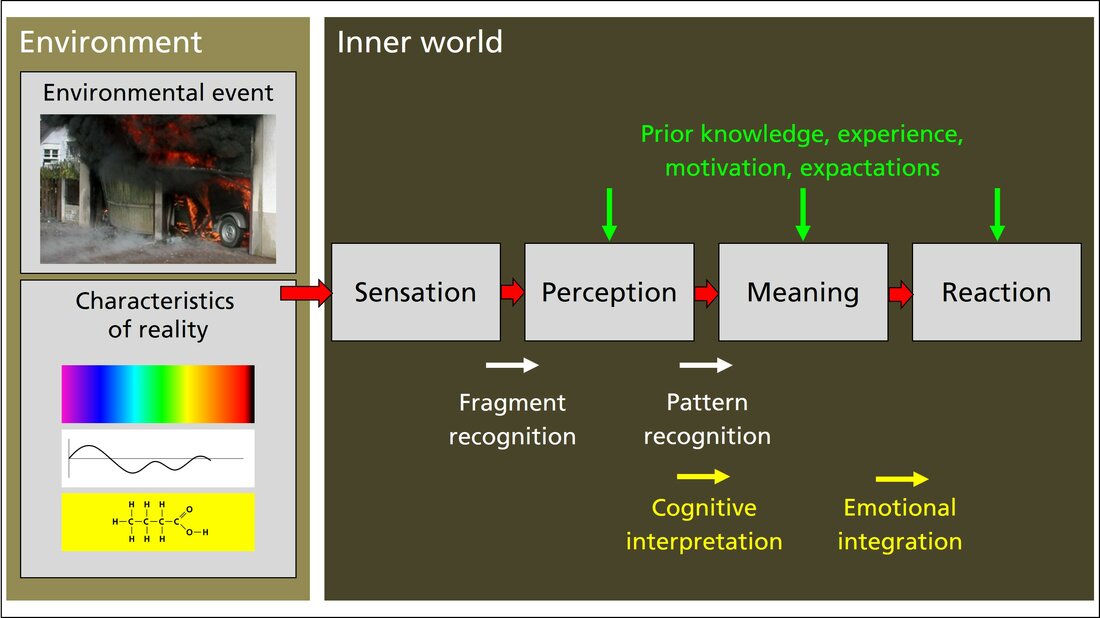
How real does simulation have to be?
The key question is: How exactly must the reality of the training simulation correspond to the operational reality of a real-life incident. Complete congruence is prohibited for ethical reasons alone because learners would then be exposed to considerable risks. On the other hand, the experience gained in the simulated situation should be transferable to real operational situations. This is achieved by confronting the learners with characteristic features and conditions of the operational reality, as far as this does not expose them to uncontrollable risks. An example: theatrical smoke takes away the view of the participants without exposing them to the danger of smoke poisoning.
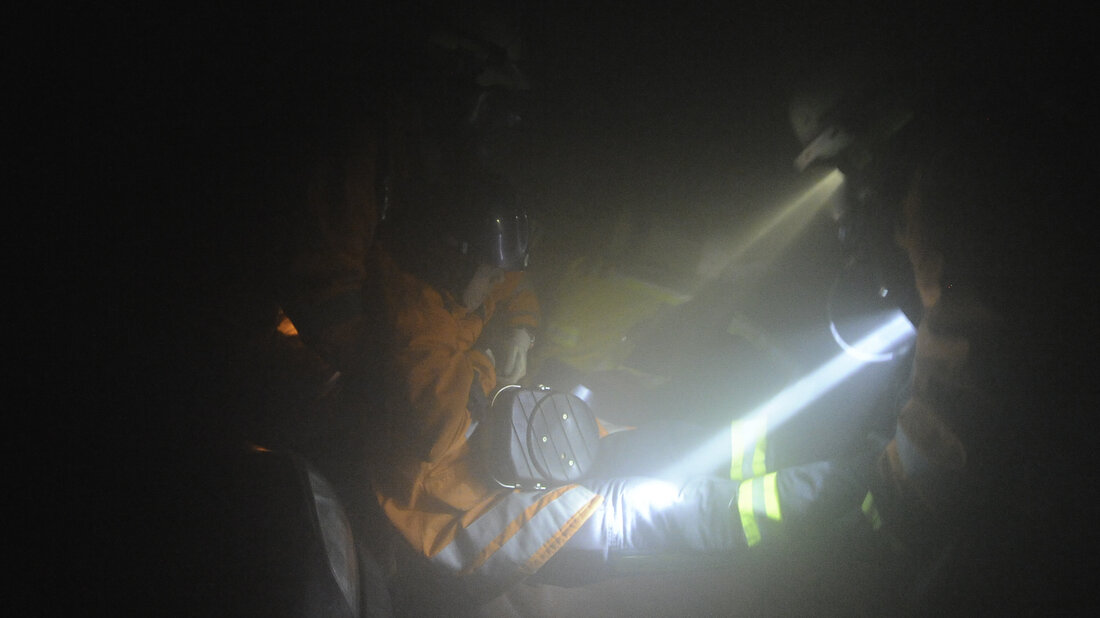
Principles of simulation
In this context, the following principles apply to simulations by the International Fire Academy:
- Simulations offer learners training realities in which they gain concrete experience that can be transferred to real-world operations.
- Simulation technology and scenarios are designed so that simple mistakes cannot have fatal consequences. In the event of malfunctions or accidents, all simulation systems can be brought to a non-hazardous state within a short time.
- Simulations consist of the combination of UTS-specific physical operating conditions and fire scenarios.
- For the simulation of physical operational conditions, the International Fire Academy develops and creates special training facilities that realistically reproduce, for example, the spatial dimensions of road and railway tunnels, poor visibility conditions, flame glow and heat, noise and sounds, and many other characteristics of operational situations in UTS that are relevant to the operation.
- The training scenarios are derived from real operational experiences and are designed in such a way that they can basically be mastered well by the learners, challenge the learners and give the learners the opportunity to experience their own limits.
The International Fire Academy does not conduct covert simulations; participants are always aware that it is ‹just› a practice. The psychological pressure of operational reality and the associated fear of failure or being injured are not recreated.
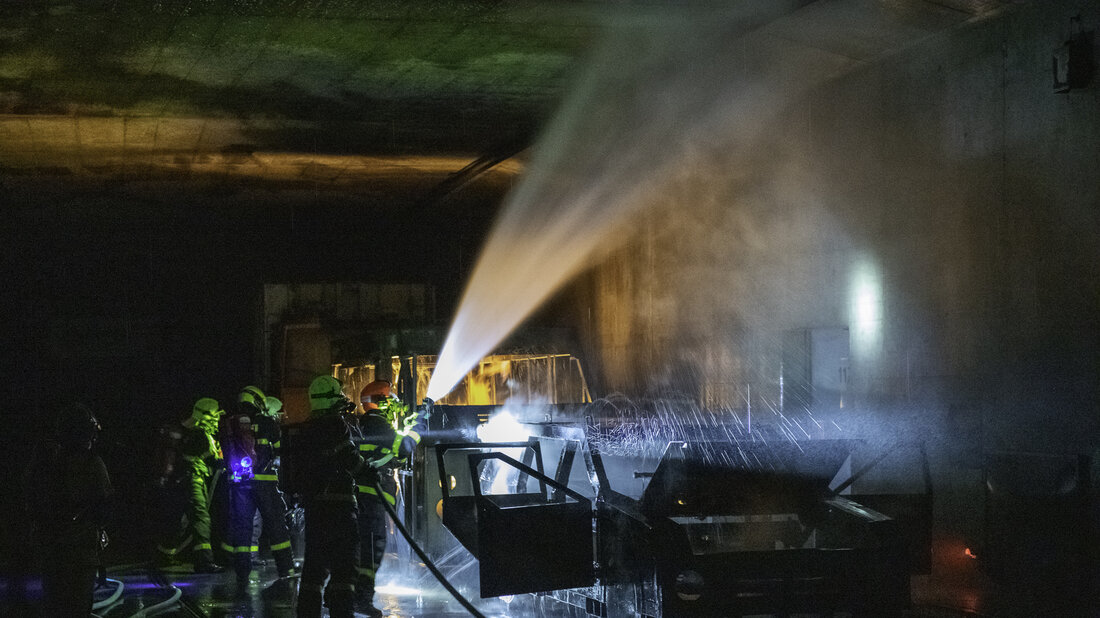
Mistakes are explicitly allowed
Simulations also serve to make mistakes and to learn from them. Therefore, mistakes are expressly allowed and an important element of the learning process. However, it is only possible to learn from mistakes by reflecting on them together with the instructors and other course participants. That is why the International Fire Academy has developed a special feedback culture in which instructors do not lecture but enable learning. You can read more about this in an excerpt from the didactic concept, which can be downloaded here.


